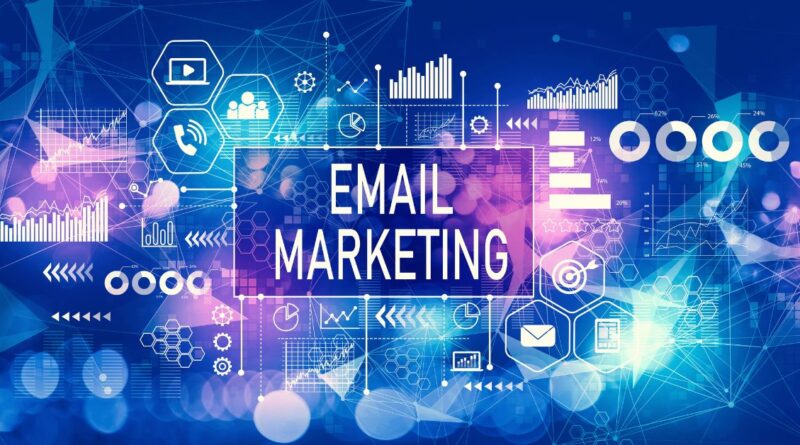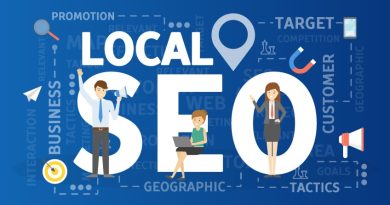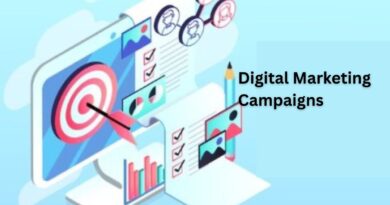How to Start Email Marketing: Step-by-Step Guide for Beginners
Email marketing has become one of the most powerful tools for businesses and individuals to connect with their audience, build relationships, and increase sales. Despite the rise of social media and other digital platforms, email remains a highly effective channel because it allows direct communication with subscribers in a personal and cost-effective way. If you are new to email marketing, this guide will walk you through everything you need to know to start and run successful campaigns. We will cover planning, tools, strategies, best practices, and performance tracking.
Why Choose Email Marketing?
Email marketing offers unique benefits compared to other digital marketing channels:
-
Cost-effective: Cheaper than paid ads and print marketing.
-
Direct communication: Delivers messages straight to your subscriber’s inbox.
-
High ROI: On average, businesses earn $36 for every $1 spent on email marketing.
-
Personalization: Easy to tailor content to specific segments of your audience.
-
Automation: Saves time while keeping campaigns consistent.
Step 1: Understand Your Goals
Before starting, you need clarity on why you are using email marketing. Some common goals include:
-
Building brand awareness – introducing your business to new audiences.
-
Generating leads – nurturing potential customers.
-
Driving sales – promoting products, offers, or services.
-
Retaining customers – building loyalty and long-term relationships.
-
Sharing updates – keeping customers informed about news or launches.
Having clear objectives helps you design campaigns that align with your overall marketing strategy.
Step 2: Choose an Email Marketing Platform
To send professional campaigns, you need an email marketing service provider. These platforms offer templates, automation, analytics, and subscriber management.
Here’s a comparison table of some popular tools:
| Platform | Best For | Key Features | Pricing Model |
|---|---|---|---|
| Mailchimp | Beginners & small businesses | Drag-and-drop editor, analytics, automation | Free plan + paid tiers |
| ConvertKit | Creators & bloggers | Visual automation, tagging, segmentation | Paid plans only |
| ActiveCampaign | Advanced marketers | CRM, automation, personalization | Paid plans, scalable |
| Brevo (SendinBlue) | Cost-conscious users | Transactional emails, SMS, automation | Free plan + paid tiers |
| GetResponse | Growing businesses | Landing pages, webinars, funnels | Paid plans |
When selecting a platform, consider your budget, ease of use, and the specific features you need.
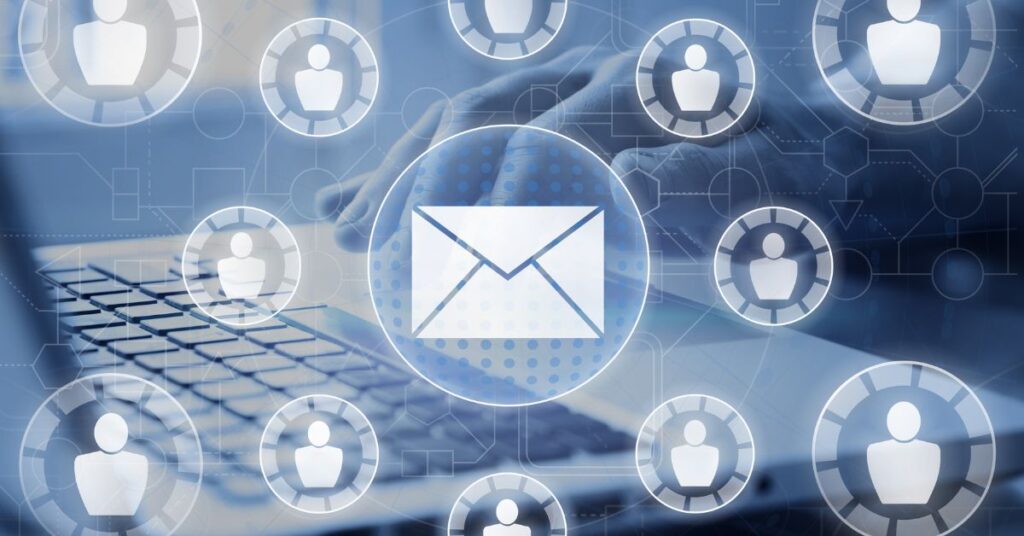
Step 3: Build Your Email List
Your email list is the foundation of email marketing. Without subscribers, you cannot run campaigns.
Methods to Build an Email List:
-
Website sign-up forms – Add pop-ups or embedded forms on your website.
-
Lead magnets – Offer free resources like eBooks, guides, or discounts in exchange for emails.
-
Social media promotion – Use your profiles to encourage sign-ups.
-
Webinars or events – Collect emails from attendees.
-
Landing pages – Dedicated pages designed to capture email subscribers.
Tip: Never buy email lists. They often result in low engagement and risk being flagged as spam.
Step 4: Segment Your Audience
Not every subscriber is the same. Segmentation helps you send relevant messages to specific groups.
Examples of segmentation:
-
Demographics: Age, gender, location.
-
Behavior: Website visits, product purchases, engagement with past emails.
-
Interests: Based on clicks or survey responses.
Segmentation increases engagement and prevents unsubscribes by ensuring the right people receive the right message.
Step 5: Create Engaging Content
Your emails should provide value to subscribers. Good content keeps them opening your emails and builds trust.
Elements of Effective Emails:
-
Subject line – The first thing readers see. Keep it short, clear, and engaging.
-
Personalization – Use names, preferences, or past interactions.
-
Clear body content – Write concise and valuable content.
-
Call-to-action (CTA) – Direct readers to take a specific action (buy, register, read more).
-
Mobile optimization – Most people read emails on smartphones, so design for mobile.
Step 6: Types of Email Campaigns
Here are the most common types of email campaigns businesses use:
| Type of Email | Purpose | Example |
|---|---|---|
| Welcome Emails | Introduce new subscribers | “Thanks for joining us! Here’s a 10% discount.” |
| Promotional Emails | Drive sales or offers | “Black Friday Sale – 50% Off Today Only!” |
| Newsletter | Share updates or content | “Our top blog posts this week” |
| Transactional Emails | Confirm purchases or registrations | “Order #1234 confirmed” |
| Re-engagement Emails | Win back inactive subscribers | “We miss you! Here’s something special.” |
Step 7: Automate Your Campaigns
Email automation allows you to send emails based on triggers without manual effort.
Examples of automation:
-
Welcome emails after sign-up.
-
Abandoned cart emails when someone leaves without purchasing.
-
Birthday or anniversary discounts.
-
Re-engagement emails for inactive subscribers.
Automation not only saves time but also delivers emails at the perfect moment.
Step 8: Ensure Compliance with Email Regulations
To build trust and avoid penalties, follow email marketing regulations like:
-
GDPR (Europe): Get consent before collecting emails.
-
CAN-SPAM (USA): Provide an unsubscribe option in every email.
-
Privacy laws (varies): Respect subscriber data.
Always be transparent and allow subscribers to opt-out easily.
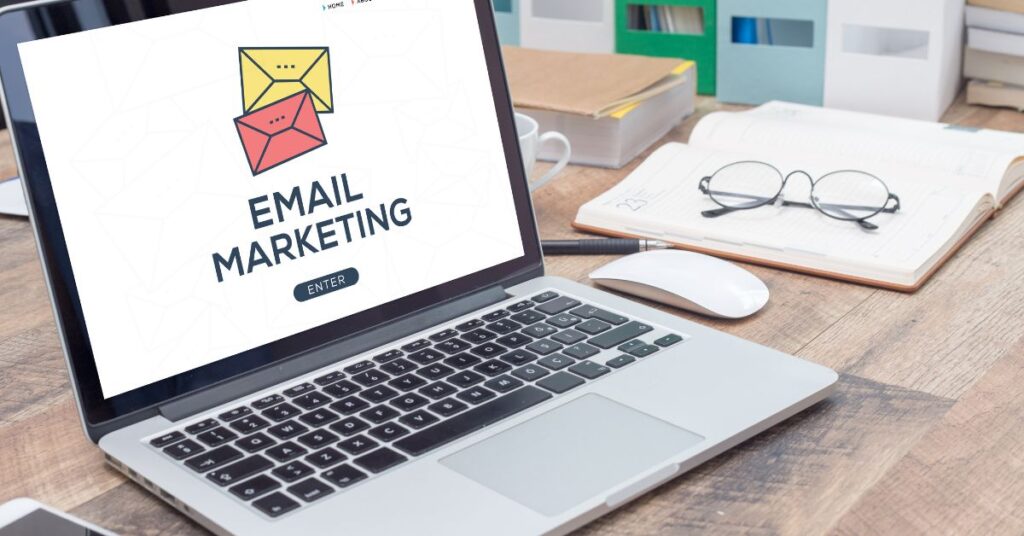
Step 9: Analyze and Optimize Campaigns
Tracking results helps you improve future campaigns. Email marketing platforms provide analytics to measure performance.
Key Metrics to Track:
-
Open Rate: Percentage of people who opened your email.
-
Click-Through Rate (CTR): Percentage of people who clicked links.
-
Conversion Rate: Percentage of subscribers who took desired action (purchased, signed up).
-
Bounce Rate: Percentage of undelivered emails.
-
Unsubscribe Rate: Number of people leaving your list.
Best Practices for Email Marketing Success
-
Focus on value: Provide helpful or entertaining content, not just promotions.
-
Be consistent: Send emails regularly without overwhelming subscribers.
-
Test subject lines: Use A/B testing to find what works best.
-
Use visuals wisely: Images, GIFs, and videos make emails attractive.
-
Optimize send times: Experiment with different times and days for better results.
-
Maintain list hygiene: Remove inactive or fake subscribers.
-
Align with brand voice: Keep emails consistent with your brand identity.
Common Mistakes to Avoid
-
Sending too many emails, causing unsubscribes.
-
Writing vague or misleading subject lines.
-
Ignoring mobile optimization.
-
Failing to personalize messages.
-
Neglecting analytics and improvements.
Conclusion
Email marketing remains a cornerstone of digital communication and sales. With the right strategies, tools, and commitment to providing value, you can build strong relationships with your audience, drive conversions, and achieve your business goals. By starting with clear goals, building a quality list, segmenting subscribers, creating engaging content, and optimizing through analytics, you can launch successful campaigns that stand out in your subscriber’s inbox.
FAQs
What is email marketing and why is it important?
Email marketing is the practice of sending targeted messages to subscribers through email. It is important because it allows businesses to connect directly with their audience, build relationships, and achieve a high return on investment.
How do I build an email list from scratch?
You can build an email list by using sign-up forms on your website, offering lead magnets such as free eBooks or discounts, promoting subscriptions on social media, hosting webinars, or using dedicated landing pages.
How often should I send emails to my subscribers?
There is no one-size-fits-all answer, but consistency is key. For most businesses, sending one to two emails per week is a good starting point. The frequency should depend on your goals, content availability, and audience preferences.
What should I write in my email campaigns?
Your content should always provide value. Examples include product updates, blog posts, educational resources, exclusive discounts, event invitations, and personalized recommendations.
Which email marketing platform is best for beginners?
Mailchimp and Brevo (formerly SendinBlue) are excellent choices for beginners because they offer free plans, user-friendly interfaces, and easy automation features.
How can I avoid my emails going to spam?
To avoid spam filters, always send emails to subscribers who have given permission, use a recognizable sender name, avoid misleading subject lines, and maintain a clean list by removing inactive or invalid emails.
What is the difference between promotional emails and newsletters?
Promotional emails are focused on driving sales or encouraging specific actions, such as purchasing a product or signing up for an event. Newsletters, on the other hand, provide regular updates, curated content, or company news to keep subscribers engaged.
Is email marketing still effective in 2025?
Yes. Despite the rise of social media, email marketing continues to deliver one of the highest returns on investment among all digital channels because it is personal, direct, and cost-effective.

